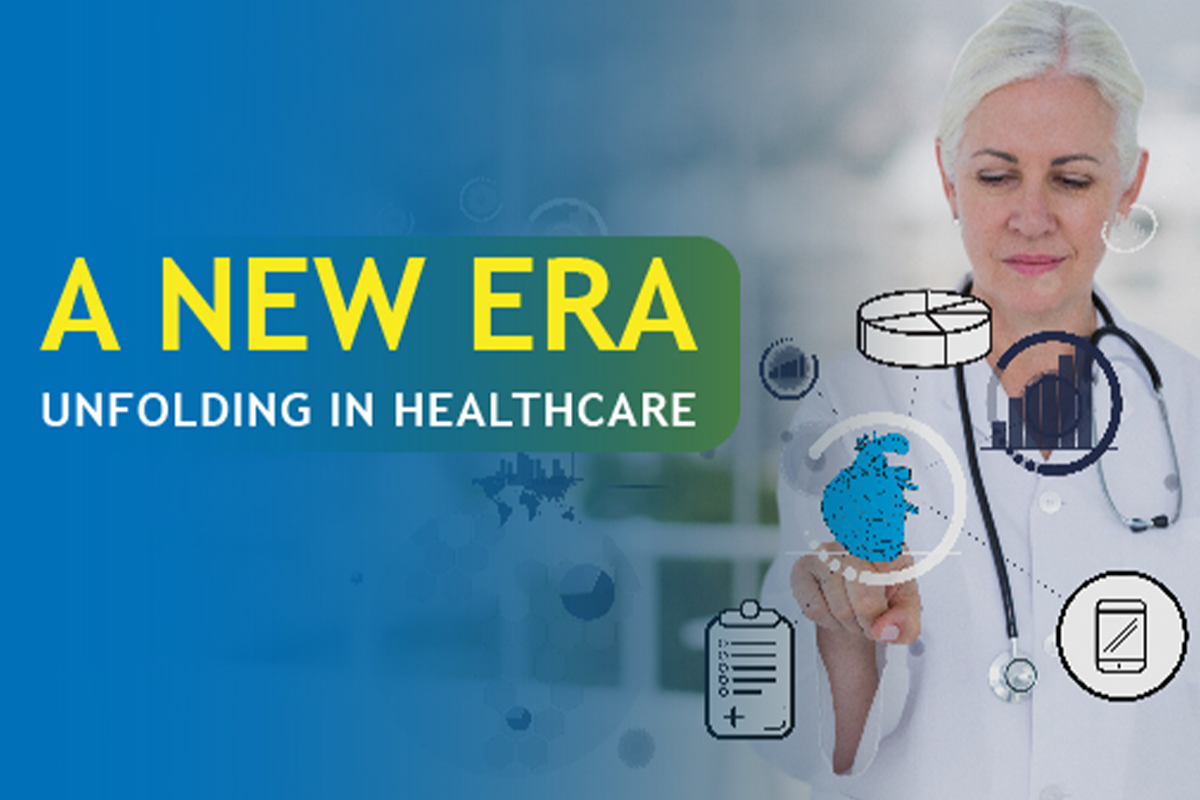
‘On a casual afternoon, the septuagenarian patient suddenly slipped into shock, baffling doctors as to what might have been the cause. They have been monitoring him for a week after his surgery with continued signs of improvement. Yet, the reason for this new development was unclear. Luckily, the assistive tool which has run data points of thousands of patients who went through similar procedures helped them narrow down the possibilities within seconds and then the doctors started working on the available options.’
The case mentioned above is merely one simple application that could save millions of patients. As healthcare organizations develop more sophisticated big data analytics capabilities, they are beginning to move from basic descriptive analytics towards the realm of predictive insights. In keeping with this move, for the last few years, organizations have been employing predictive analytics to gain deeper and better insights. But what are predictive analytics and what makes them better?
Predictive analytics is an advanced branch of analytics used to predict unknown future events. It utilizes techniques such as data mining, data modeling, machine learning, statistics, and artificial intelligence. Using these techniques and high computational capabilities together, it can analyze existing gamut of data projecting a close probability. Given the greater volume of data that is taken into account, the degree of precision is relatively much higher thus offering better insights.
Bottom-line statement for its applications in healthcare is that ‘predictive analytics are helping healthcare organizations save both revenue, time and most importantly lives.’
So, what’s hindering the growth and implementation of such a pioneering tool? Having more data alone doesn’t guarantee better insights. It has to be the right data. Even after gaining insights, developers must be able to create value out of it. Often, wrong interpretation can lead the results to incorrect outcomes implying gross errors. The challenge of implementing this system is easier said than done. You need the right technologies, methodology, structure and workflow.
Organizations new to these technologies try to start from scratch while they could simply get help from experts who have already worked on the same which delays the result affecting both time and ROI.
Get on board with the right expertise in a quick manner and reap the benefits of predictive analytics without losing on time. Many healthcare applications await exploring. With the right thought leadership and idea partnership, we can make a lasting impact. Are you ready for such a transformation? Suja is well-equipped to help you quickly work on such transformation. Talk to our people by reaching us at contact@sujainfo.com.
